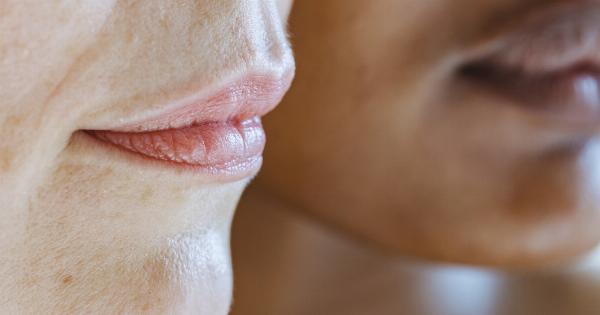The flu and a cold are both respiratory illnesses, but they are caused by different viruses. Because these viruses are spread directly from person to person, it’s important to take precautions to protect yourself and those around you.
Barrier protection is one way to prevent the spread of these illnesses.
What is Influenza?
Influenza (flu) is a viral illness that affects the respiratory system. Symptoms can range from mild to severe and include fever, cough, sore throat, fatigue, and body aches.
Some people may experience vomiting and diarrhea, but these symptoms are more common in children than in adults.
What is a Cold?
A cold is also a viral illness that affects the respiratory system. Symptoms usually include a runny nose, congestion, and a sore throat, and can sometimes be accompanied by a cough, headache, and body aches.
Cold symptoms are usually milder than flu symptoms and typically don’t last as long.
Barrier Protection
Barrier protection is a way to prevent the spread of infectious diseases. This includes using items like face masks, gloves, and gowns to create a barrier between the wearer and the environment or other people.
Barrier protection is especially important for healthcare workers who are in close contact with sick patients, but it can also be used by anyone who wants to reduce their risk of getting sick.
Face Masks
Face masks are one of the most common forms of barrier protection. They can be made of paper or cloth and are designed to cover the nose and mouth.
Face masks can help prevent the spread of respiratory droplets that are released when an infected person coughs or sneezes. They can also help protect the wearer from inhaling these droplets. While face masks are not foolproof, they can be a useful tool in preventing the spread of disease.
Gloves
Gloves are another type of barrier protection that can be useful in preventing the spread of disease. They are often worn by healthcare workers when dealing with infectious patients.
Gloves can help protect the wearer from coming into contact with contaminated surfaces or fluids. However, they must be used properly to be effective – gloves can actually increase the risk of infection if not used correctly.
Gowns
Gowns are often used in healthcare settings to protect workers from exposure to infectious agents. They offer more coverage than gloves or face masks and are typically made of fluid-resistant material.
Gowns can help prevent the spread of infection by creating a barrier between the wearer and the environment. However, they have limitations and must be used appropriately to be effective.
Other Precautions
In addition to barrier protection, there are other precautions you can take to reduce your risk of getting sick. These include:.
- Washing your hands regularly with soap and water
- Avoiding close contact with people who are sick
- Staying home if you are sick
- Covering your mouth and nose when coughing or sneezing
- Cleaning and disinfecting surfaces regularly
Conclusion
Influenza and colds are both respiratory illnesses that can be spread easily from person to person. Barrier protection is an important tool in preventing the spread of these illnesses, and can include items like face masks, gloves, and gowns.
However, it’s important to remember that these tools must be used properly to be effective. In addition to barrier protection, there are other precautions you can take to reduce your risk of getting sick.































